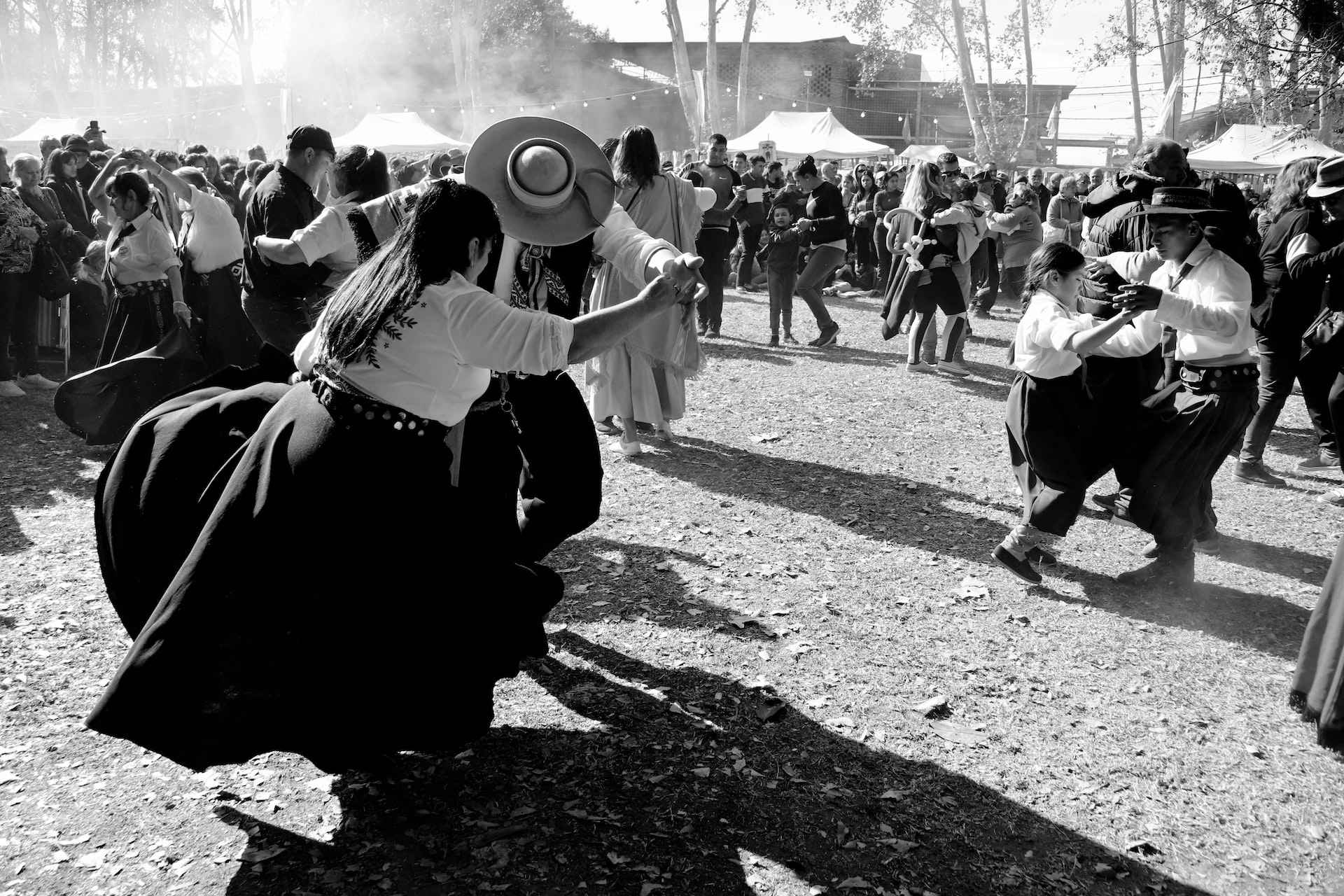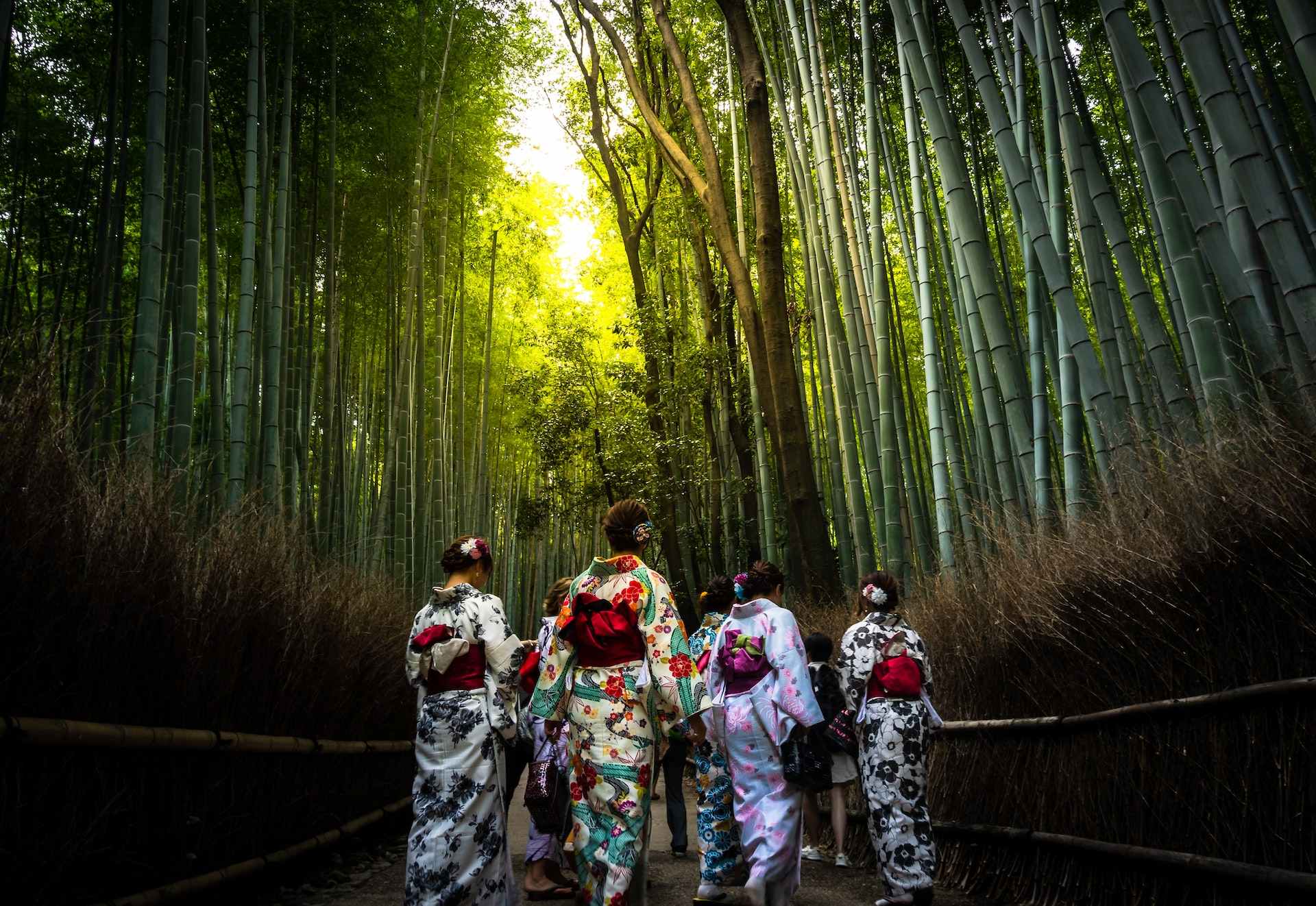Rotorua weather is a unique and varied experience that is influenced by the city’s location in the heart of the North Island of New Zealand. The city is situated in a geothermal area, which means that there are hot springs and geysers scattered throughout the region. This also means that the weather can be quite different from other parts of the country, and even from day to day. In this article, we will take a closer look at the weather in Rotorua, including average temperatures, rainfall, and the best time of year to visit.
Rotorua has a humid subtropical climate, with warm summers and mild winters. The average temperature in January, the warmest month, is around 22°C (72°F), while in July, the coldest month, the average temperature is around 12°C (54°F). The city receives an average of 1,400mm of rainfall per year, which is fairly evenly distributed throughout the year, with the wettest month being July and the driest month being February.
One of the most notable features of the weather in Rotorua is the high level of humidity, which can make the temperature feel warmer than it actually is. This is particularly true during the summer months, when the humidity can reach up to 80%. The city also experiences strong winds at times, which can make the weather feel quite cool even on warm days.
In terms of the best time of year to visit Rotorua, it largely depends on what you are looking to do and see. If you are interested in experiencing the geothermal wonders of the region, then the summer months of December to February are the best time to visit. The hot springs and geysers will be at their most active, and the weather will be warm and sunny.
| Month | Low (°C) | High (°C) | Low (°F) | High (°F) | Rain (%) |
|---|---|---|---|---|---|
| January | 15 | 26 | 59 | 78.8 | 80 |
| February | 15 | 25 | 59 | 77 | 70 |
| March | 13 | 24 | 55.4 | 75.2 | 90 |
| April | 11 | 22 | 51.8 | 71.6 | 100 |
| May | 9 | 19 | 48.2 | 66.2 | 110 |
| June | 7 | 17 | 44.6 | 62.6 | 120 |
| July | 7 | 16 | 44.6 | 60.8 | 130 |
| August | 8 | 18 | 46.4 | 64.4 | 120 |
| September | 9 | 19 | 48.2 | 66.2 | 110 |
| October | 11 | 21 | 51.8 | 69.8 | 100 |
| November | 13 | 23 | 55.4 | 73.4 | 90 |
| December | 15 | 25 | 59 | 77 | 80 |
However, if you are looking to take advantage of the many outdoor activities that the region has to offer, such as hiking and cycling, then the shoulder seasons of spring and autumn may be the best time to visit. The weather will be milder and less humid, which can make for more comfortable outdoor activities. Additionally, the autumn months of March to May are also a great time to visit if you’re interested in seeing the vibrant fall colors of the area.
Another factor to consider when planning your visit is the amount of rainfall. As mentioned earlier, the city receives a significant amount of rainfall throughout the year, so if you’re looking to avoid the rain, you’ll want to plan your visit for the drier months of February or March. However, if you’re looking for a more authentic New Zealand experience, then the rainy months of June to August may be the best time to visit.
In conclusion, the best time to visit Rotorua depends on your interests and preferences. If you’re interested in experiencing the geothermal wonders of the region, then the summer months of December to February are the best time to visit. However, if you’re looking to take advantage of the many outdoor activities the region has to offer, then the shoulder seasons of spring and autumn may be the best time to visit. Additionally, if you’re interested in seeing the vibrant fall colors of the area, then the autumn months of March to May are also a great time to visit.



